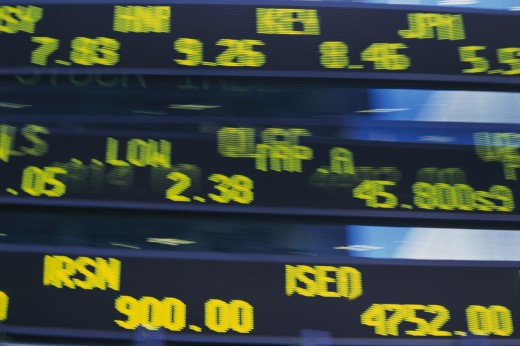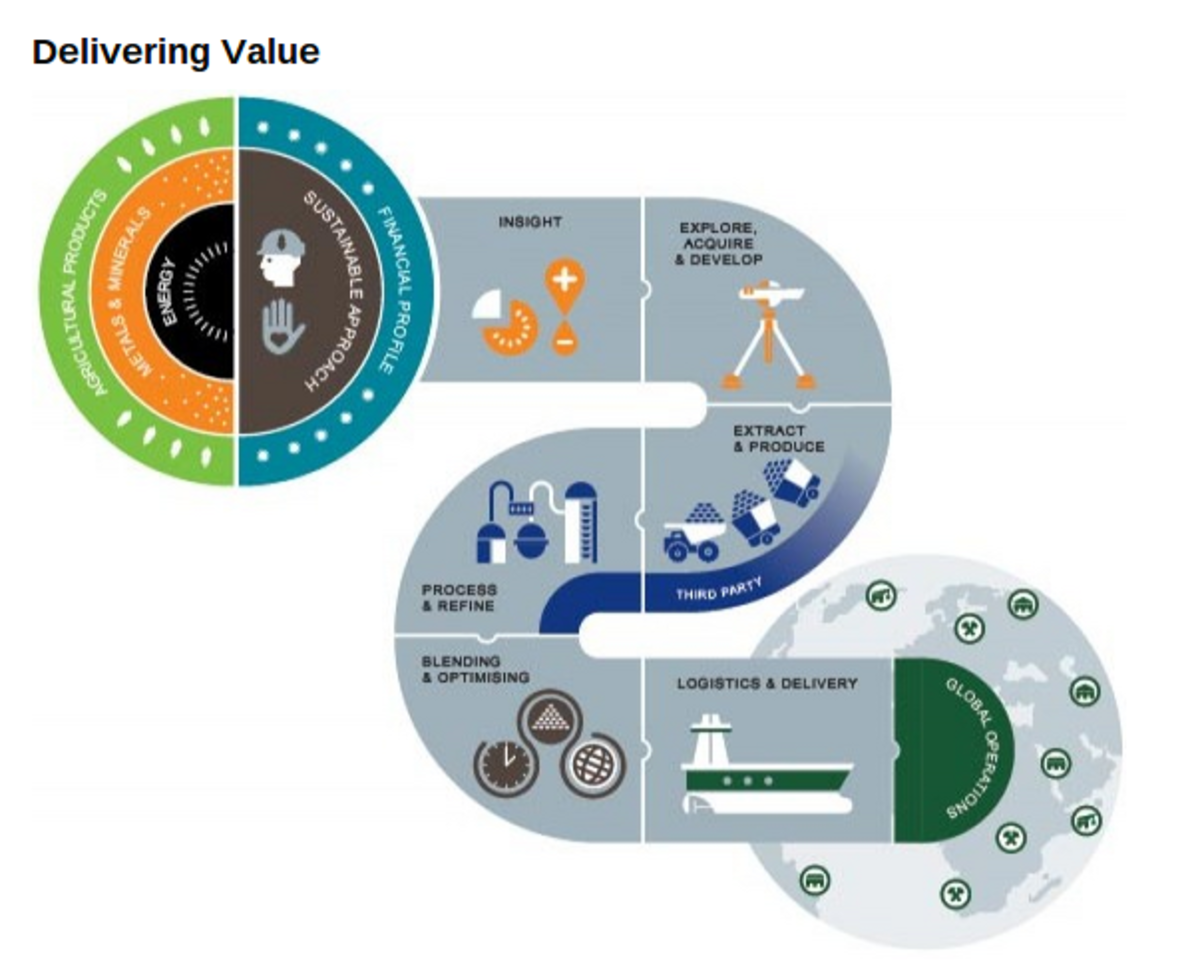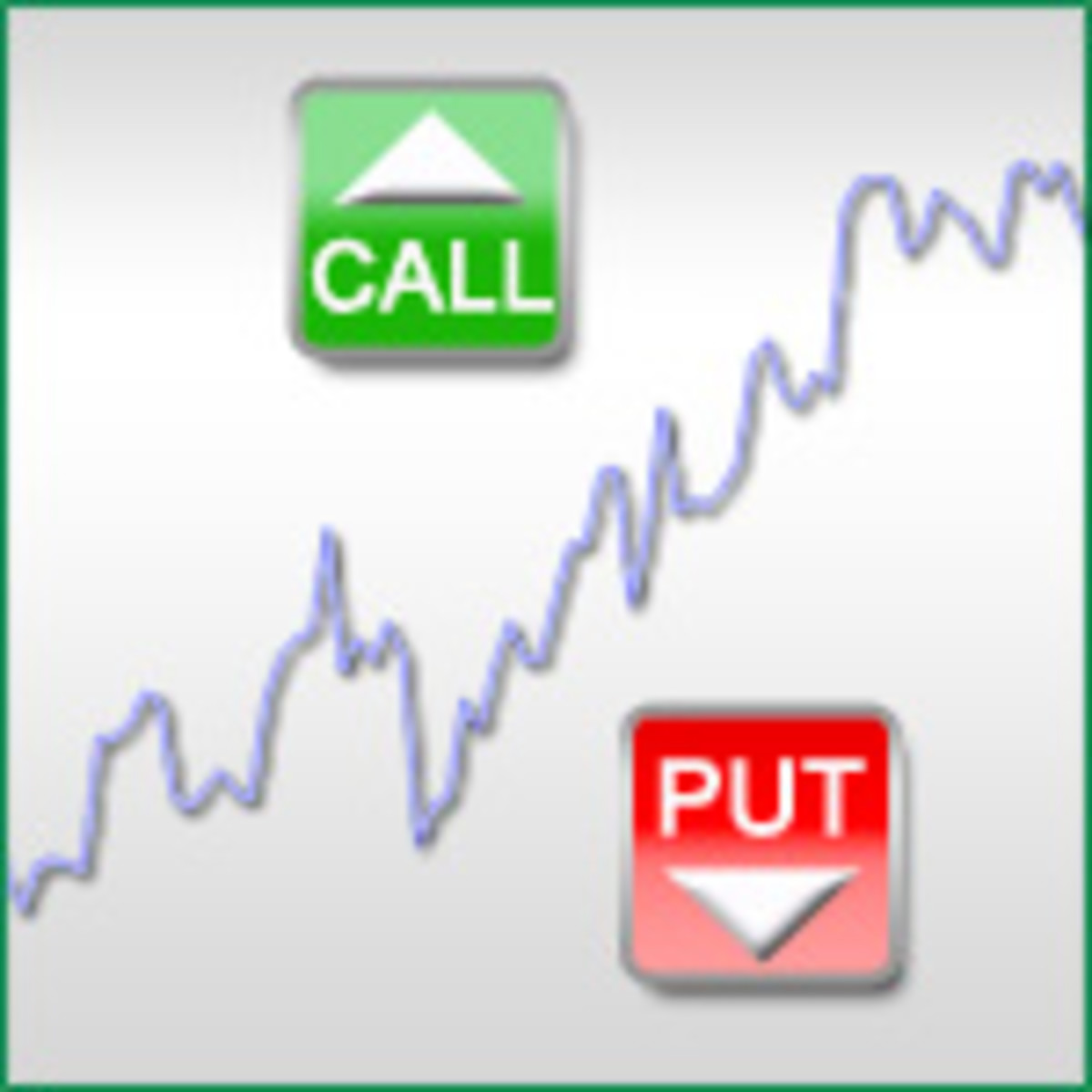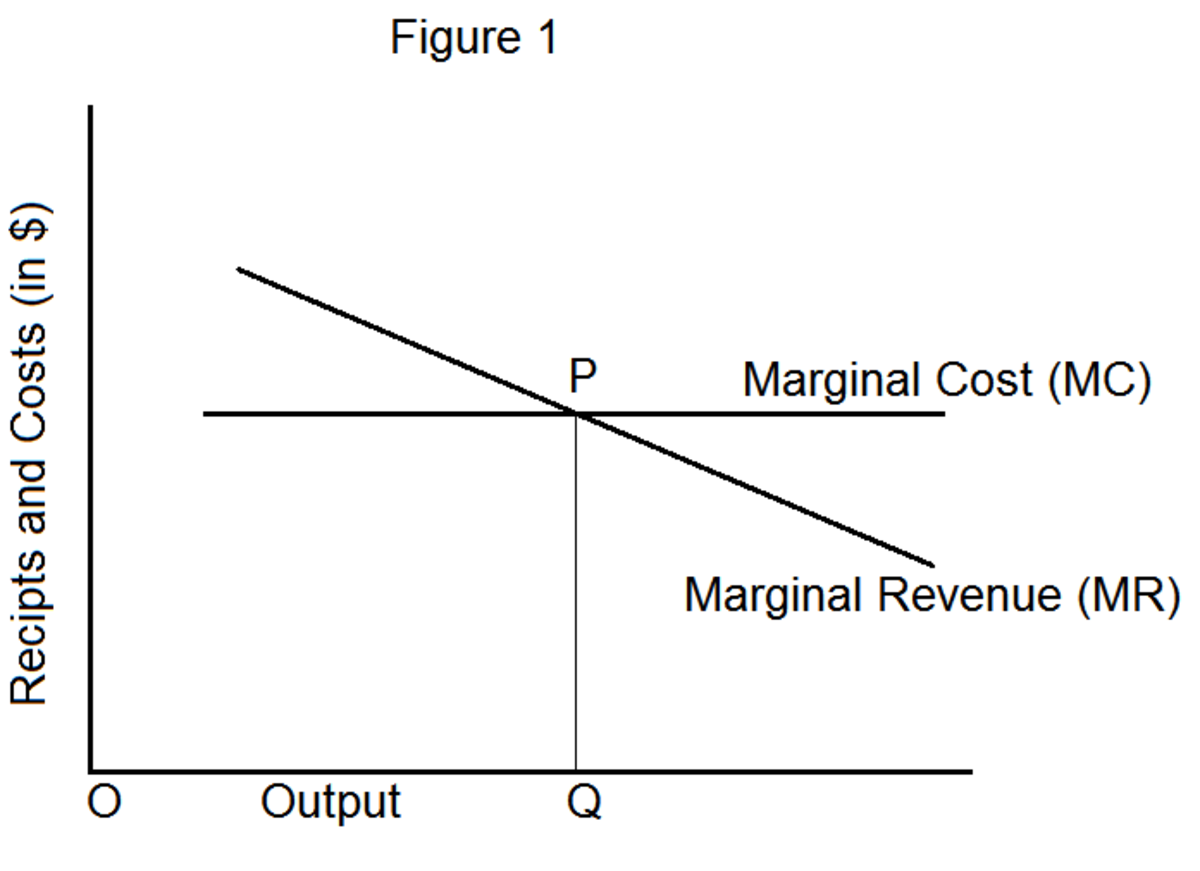Day Trading the Commodity Markets
Day trading is the “contact sport” of the trading world. Basically, any time you enter and exit a trade within one 24-hour period, you have technically performed a “day trade”. Many people have the image in their minds of a person sitting in front of a computer screen with bloodshot eyes, in a near-panic mode, watching every minute “blip” of the trading charts, and an itchy trigger finger looking to click the mouse and place multiple in-and-out trades within only seconds of each other. While these types of traders do exist, and many of them actually do very well, day trading doesn’t have to be that serious. Day trading can be done only one time a day, and it doesn’t have to be done every day of your life—remember, it’s “day trading”, not “daily trading”. It simply means that you place an entry order and open a position, and during the same day (even if it’s 3 or 4 hours later) you exit the position, hopefully with a profit.
Day trading the commodity markets requires a truckload of discipline, and you really better know what you’re doing, and you better have a game plan when you do it. Some of the most successful day traders stick to only one market – for instance, the Eurodollar, or Soybeans, or Orange Juice—and they learn every possible nuance about how that market “behaves”, what factors affect the price movements within that market, and even what hours of the trading day show the most trading activity for that market. Again, with enough discipline, patience, and self-control (some of the most “anti-human-nature” qualities, I might add), you can really begin to learn the flow of a particular market, and know how to enter the market, and more importantly, what your exit strategy should be.

Day Trading Wheat – A Quick Study
Let’s take Wheat for example. I have personally traded Wheat numerous times, and I know that Wheat is known for erratic and dramatic spikes and dips in price. These make for prime trading opportunities. If I see where Wheat has rallied on a given day, to the tune of 5 cents or more, and closed at or near it’s highest price of the day, I may wait until the next morning and get into it first thing in the morning, ideally placing my order before the market even opens so I’ll be one of the first to enter. Normally when a commodity closes at or near its highest price of the day, especially after a sudden spike up in price, it’s a very common occurrence that it will continue that spike up the next morning, before leveling out (or even dropping) near the afternoon. When you consider that a 1 cent move in Wheat equals $50.00, you really only need two to four cents worth of a spike to pull a decent $100.00 to $200.00 profit (before commissions and fees) from the trade, and this can often happen within an hour’s time.
Day Trading Futures - Crude Oil & 30-Year Bonds
Pulling the Trigger and Locking in Profits
One of the most difficult things to determine when day trading is when to exit, especially when the trade is going well. Believe me when I say, whatever the price currently is, it’s not going to stay there for long. The only constant to the commodity markets is that the prices are always changing. So, I’m the kind of trader that will lock in my profits while they’re there, and not try to get too greedy or squeeze every ounce of money out of one particular trade. I have many, many, MANY times given up profits and even sustained losses because I was holding out for the “big move” instead of playing more conservatively and locking in the profits while they were right there in my face.
Captial Management - Losses Are a Part of the Game
Let me say this right now—if you don’t know how to accept losses, you better get the heck out of day trading completely, because, as one movie says, “there will be blood”. The most important thing is not batting 1000% on your trades, but rather knowing when you’re beat and need to exit versus knowing when to stay in and push for more profits. These are personal decisions that nobody else can fully determine for you, because everyone’s risk threshold is different, and some are more tolerable of “financial pain” than others. But money management, carefully guarding and managing your trading capital, is an absolute MUST if you’re going to survive as a day trader. Many traders choose not to risk more than 1% of their accounts on any one trade. Once the 1% threshold is hit, they get out, no questions asked. This is a good rule of thumb, but again, it’s a very personal decision and no one should be making it for you. One thing I can say with full confidence is that you’re an idiot if you risk your entire trading account on one trade, and that’s putting it mildly.








